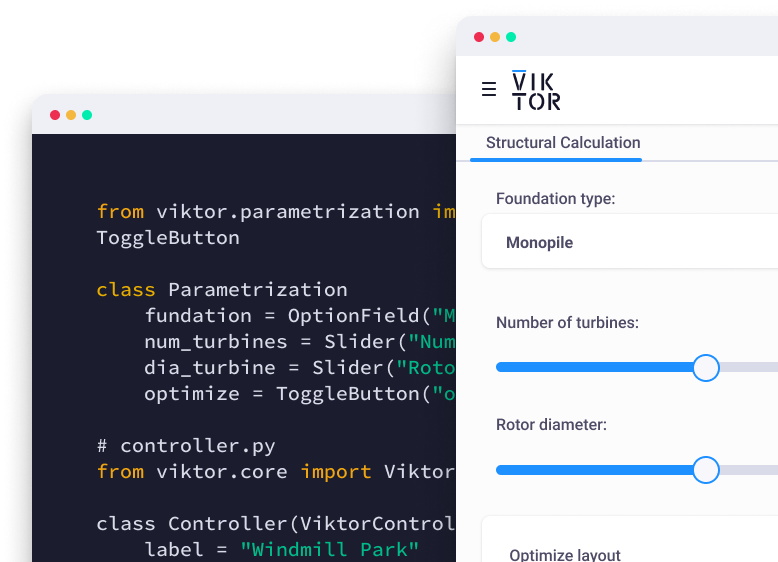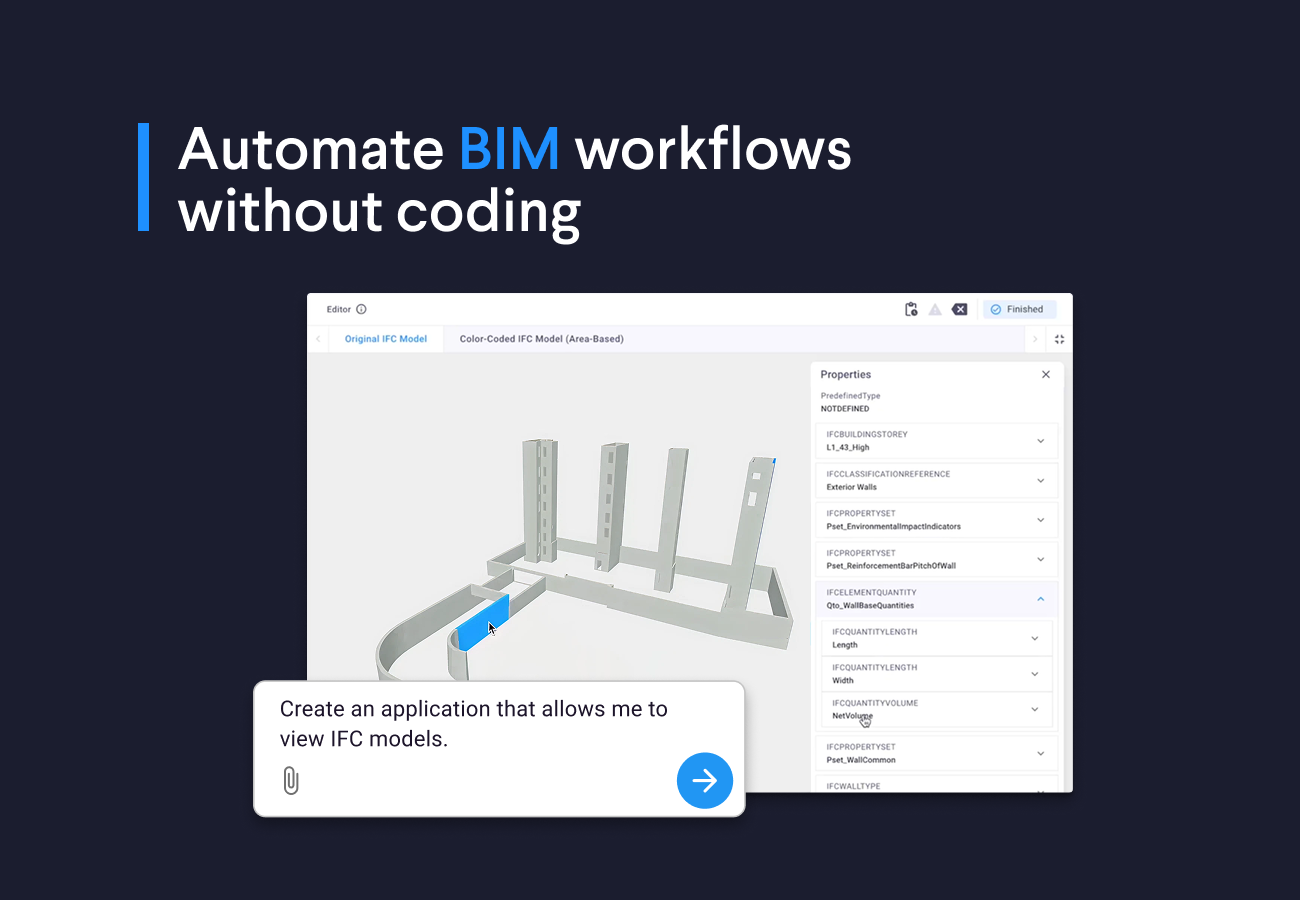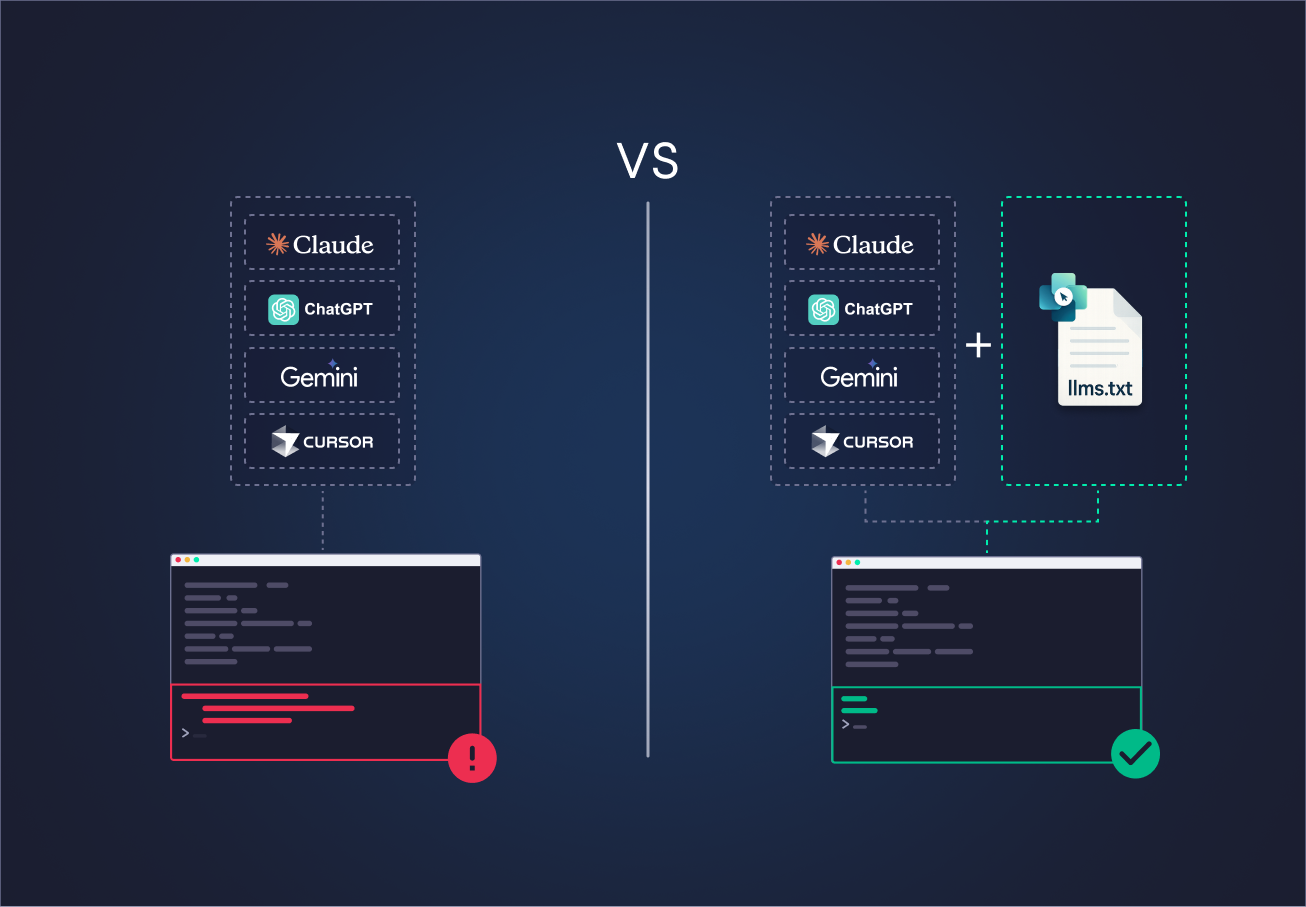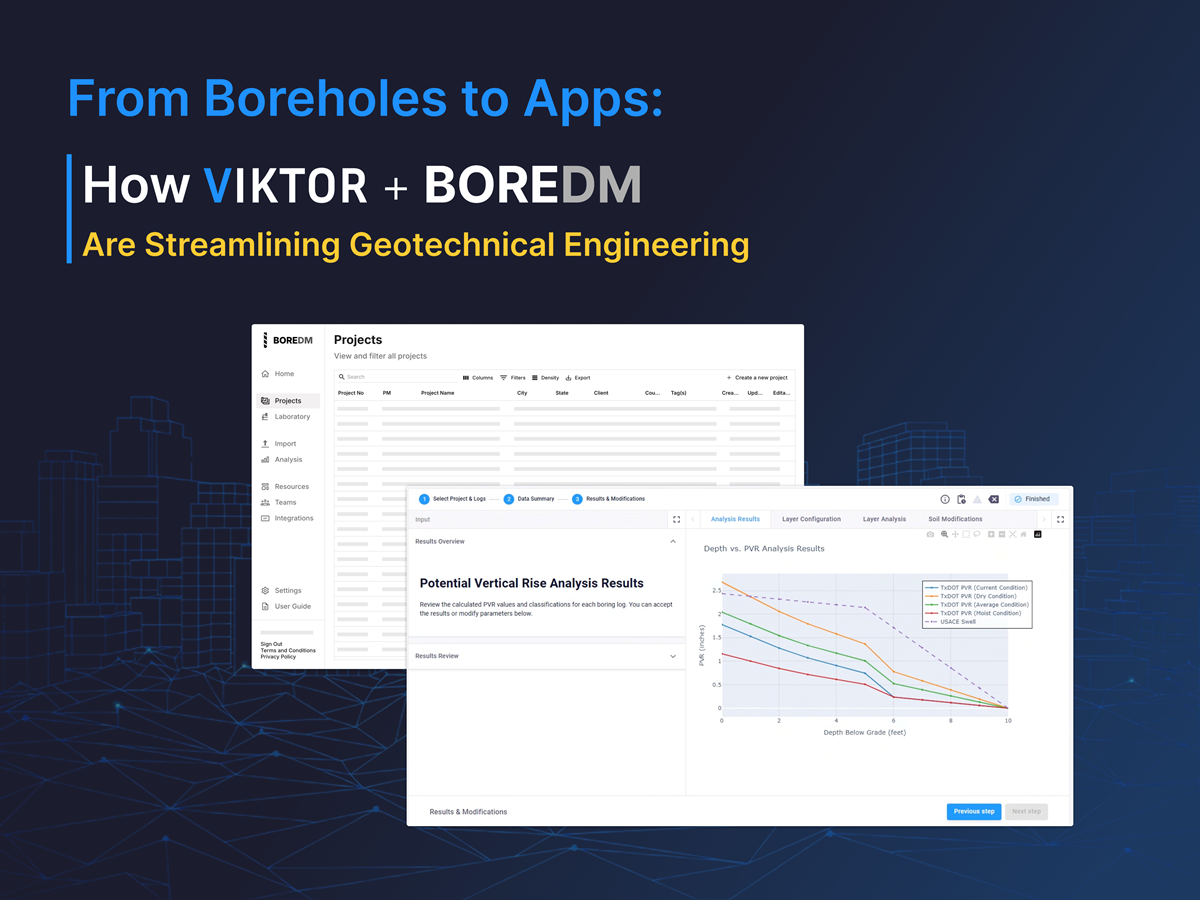February 28, 2023
RFEM and VIKTOR: Tailored and accessible structural design and calculation software

by VIKTOR
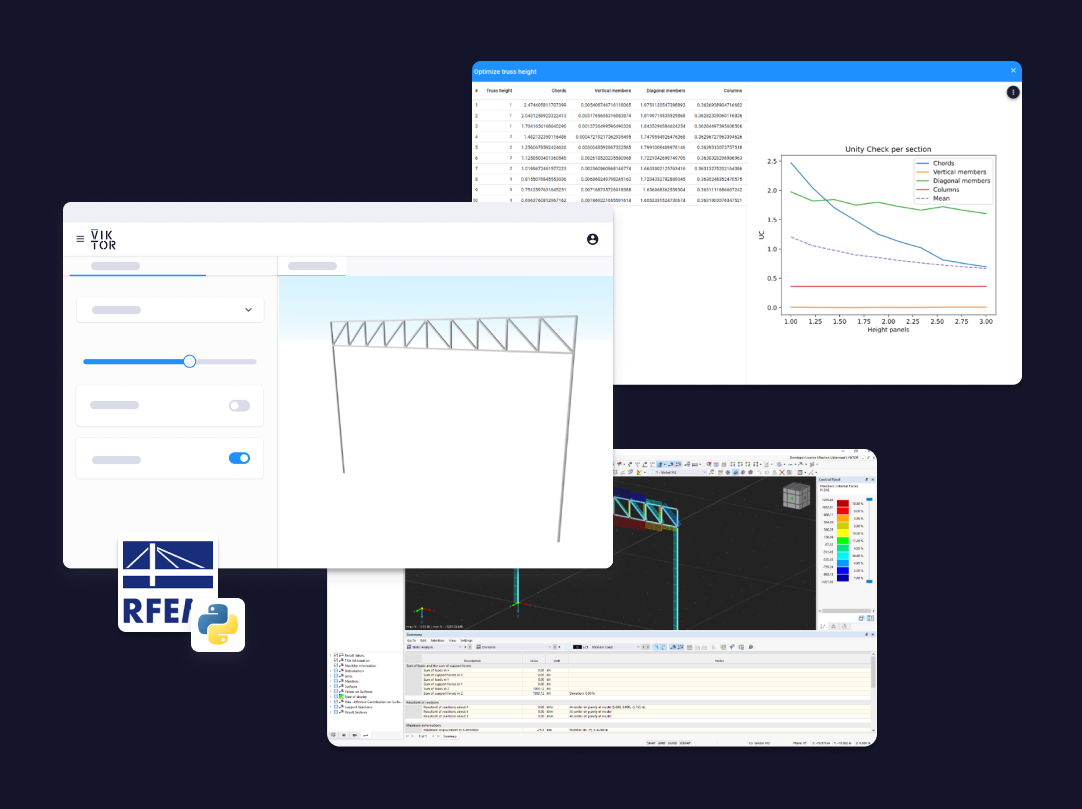
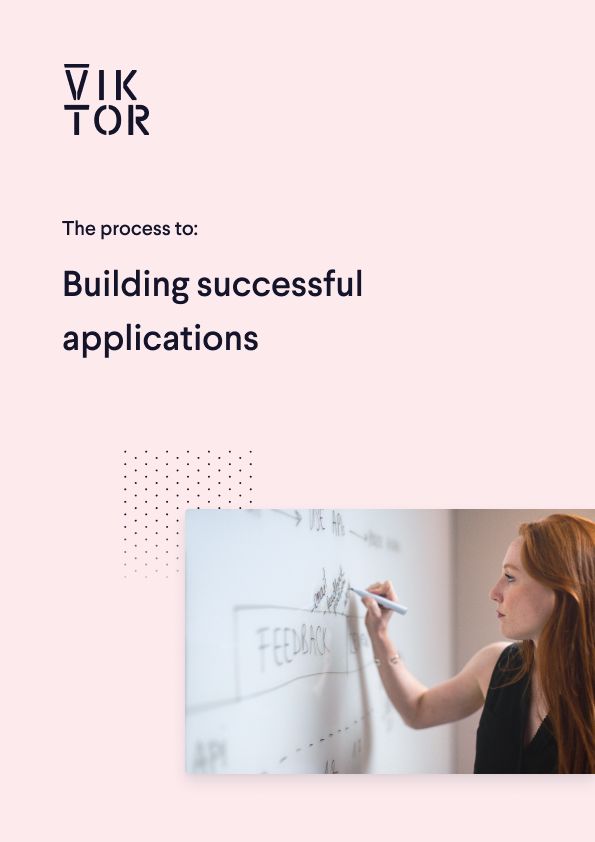
Build successful applications
Learn how you (developer, engineer, end-user, domain expert, project manager, etc.) can contribute to the creation of apps that provide real value to your work.
What is RFEM?
If you're reading this, you probably already know what RFEM is. If not, let us explain quickly.
RFEM is a 3D finite element analysis software by Dlubal, made for structural analysis and design and, amongst others, the generation of steel, and concrete structures. With RFEM, structural engineers can easily create everything from simple to complex models and perform structural and dynamic calculations.
RFEM’s new WebService
More frequently, engineers start looking for possibilities to customize and automate their structural analyses and designs. That’s why Dlubal created a WebService that offers remote communication with RFEM over web protocols, using Python or C#. It works like an API and enables engineers to use RFEM beyond, and without, its graphical interface. This way, you can automate (part of) your workflow or even create a custom parametric design web application.
Why a parametric RFEM web application?
Imagine that you are an engineer who is designing warehouses, tanks, silos, staircases, or anything else for that matter. All your designs are different to some extent, but not that much. In the end, you follow the same design process to create and validate every design and make a quotation, some reports, and drawings. With a repeating process like this, would it not be great to have a parametric design tool that does all of this for you? And would it not be even greater if your colleagues could also use this tool all by themselves, so you have more time to focus on other, more challenging, and fun parts of your work?
If this sounds interesting, we recommend using Python to create a parametric design tool like this. Besides automating large parts of only your ‘boring’ (read: repetitive) work, a user-friendly web application with a custom user interface makes it possible for those without Python experience to automate processes as well. On top of that, an online application is a perfect way to distribute your data. You can authorize anyone with an internet connection to use your app, you can be sure that everyone is always using the correct version of the model, and you keep your intellectual property protected, as you won’t have to share any code. You may be thinking: “That sounds awesome but is this not difficult to manage?”. No worries, not with VIKTOR. Just keep reading…
What is VIKTOR?
VIKTOR is an online application development platform that enables you to create your own web applications using nothing but Python. It seamlessly integrates with RFEM, and so much more software products!
Here are some of the biggest benefits of VIKTOR:
Easy & fast: VIKTOR is like a box of digital building blocks you can assemble to create your own apps. With Python, you can use the full functionality of RFEM and VIKTOR, making it easy to build powerful and user-friendly applications quickly.
Accessibility: Thanks to the user-friendly and intuitive interface, non-specialists can also use your apps. Anywhere in the world. All you need is an internet connection.
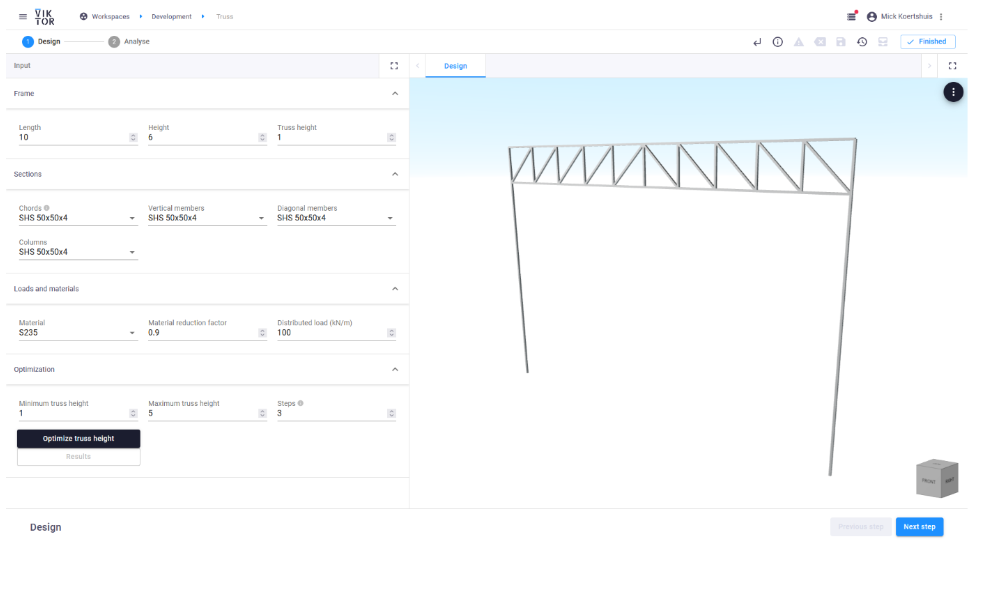
Hyper automation: You can build apps customized to fully automate your workflow, connect with multiple software packages, and include all kinds of visualizations, optimization routines, reporting, and much, much more.
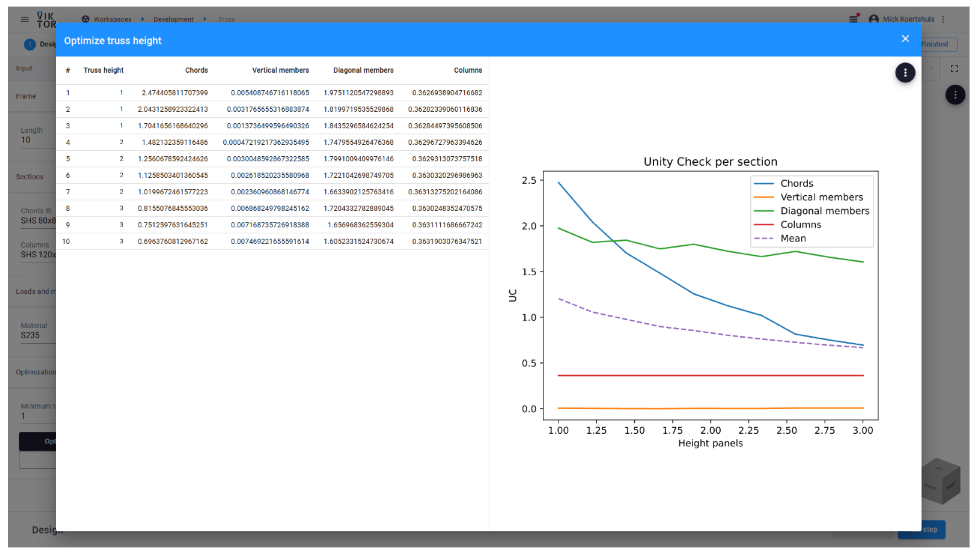
Integrate with other software: Through VIKTOR, it becomes possible to use RFEM together with (several) other products like Excel sheets, other software for structural engineering, soil mechanics, 3D modeling, and the complete Python ecosystem.
Focus on what matters: VIKTOR takes care of all the non-engineering parts of creating apps, like creating a user management system, hosting and cloud infrastructure, database, backups, and security patches.
What about detail engineering and specials?
We know it is very difficult to create a parametric design tool that covers all cases. Fortunately, this is no big deal if your tool does 95% of the work for you. Once the basic design is finished, you can simply download the RFEM models from the application and work on them via the RFEM user interface like usual. The only difference is that this time, you don’t need to start from scratch!
Here you can see a simplified version of part of the data from RFEM in the VIKTOR interface:
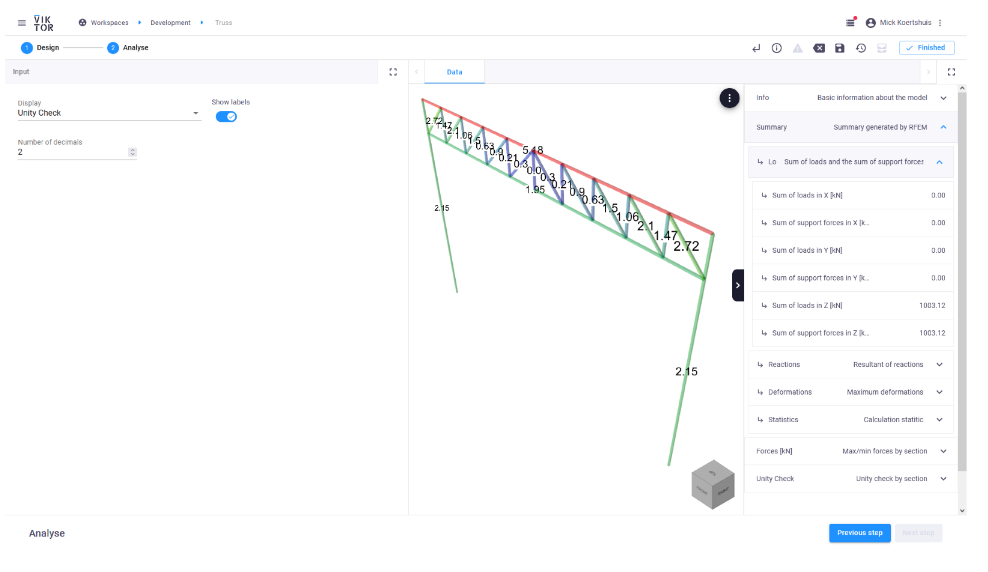
Versus the complete model in RFEM:
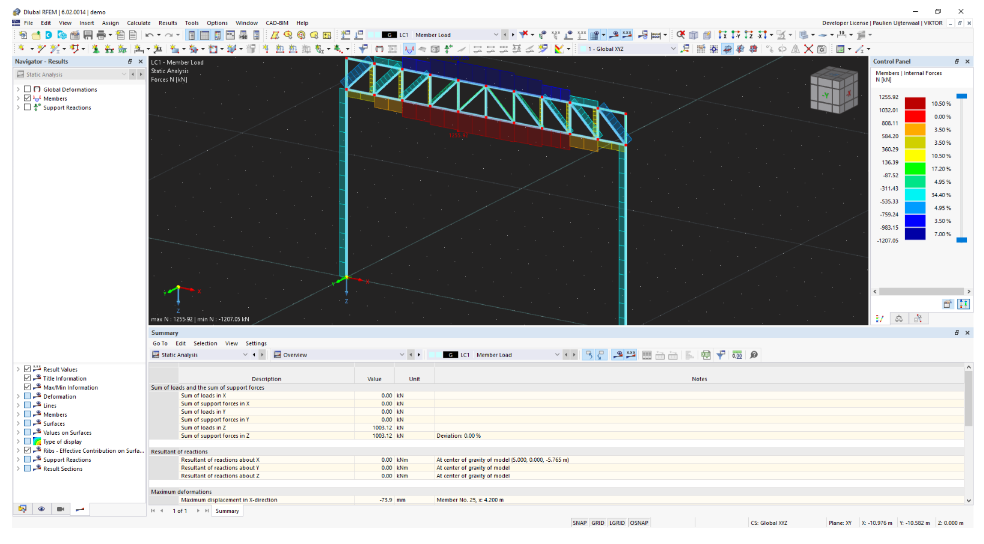
The RFEM-VIKTOR app explained
Here is a short explanation of how this app works.
-
Design in VIKTOR: Using the app starts with the creation of a frame (truss) design in VIKTOR, which can be seen in the view on the right side of the application. This is a generic model with nodes and members. Users can also optimize designs by selecting a minimum and maximum truss height and the number of steps. Based on this input, the application iterates over these parameters and calculates results using RFEM. After all the calculations you can view the results in both a table and a figure. You can then select the best design.
-
Complete calculation with RFEM: When you are happy with your design you can send the model to RFEM for calculations. In RFEM, the design is processed, and all desired information is automatically separated and returned to VIKTOR in a clear overview.
-
Analyze: When RFEM has finished all the calculations, you can choose the values you want to display on your design model. For example, you can do a unity check to determine the forces on the model (displayed with corresponding numbers and color code in the view). On the right side of the application, you can find data with information retrieved from RFEM.
Calculations take longer the bigger your model is, also more steps for optimization equals more calculation time. Keep that in mind while running the application for yourself.
What is next?
RFEM is a powerful tool for structural analysis, designs, and calculations. Combining the best qualities of RFEM with an intuitive interface on the VIKTOR platform makes the quick and easy generation of structural models and performance of structural analysis and calculations accessible for anyone. No need for any experience with RFEM or programming (with Python)!
You can now build your own RFEM – VIKTOR app by signing up for a free VIKTOR account!
